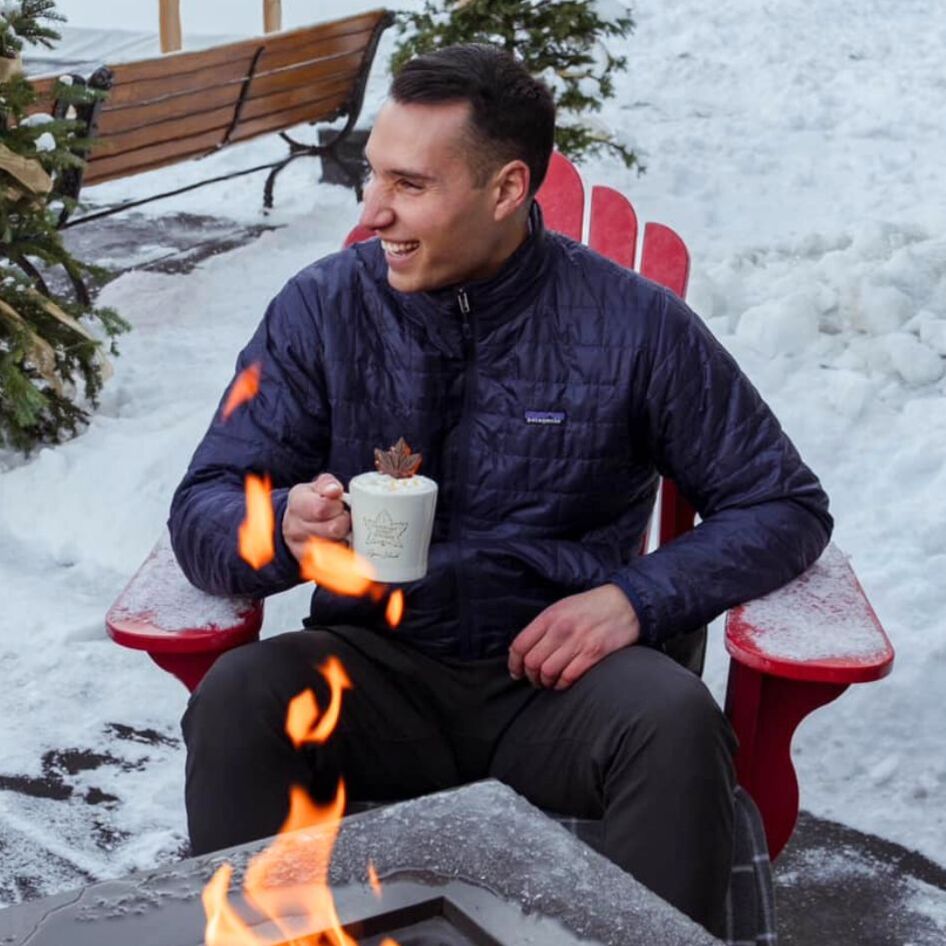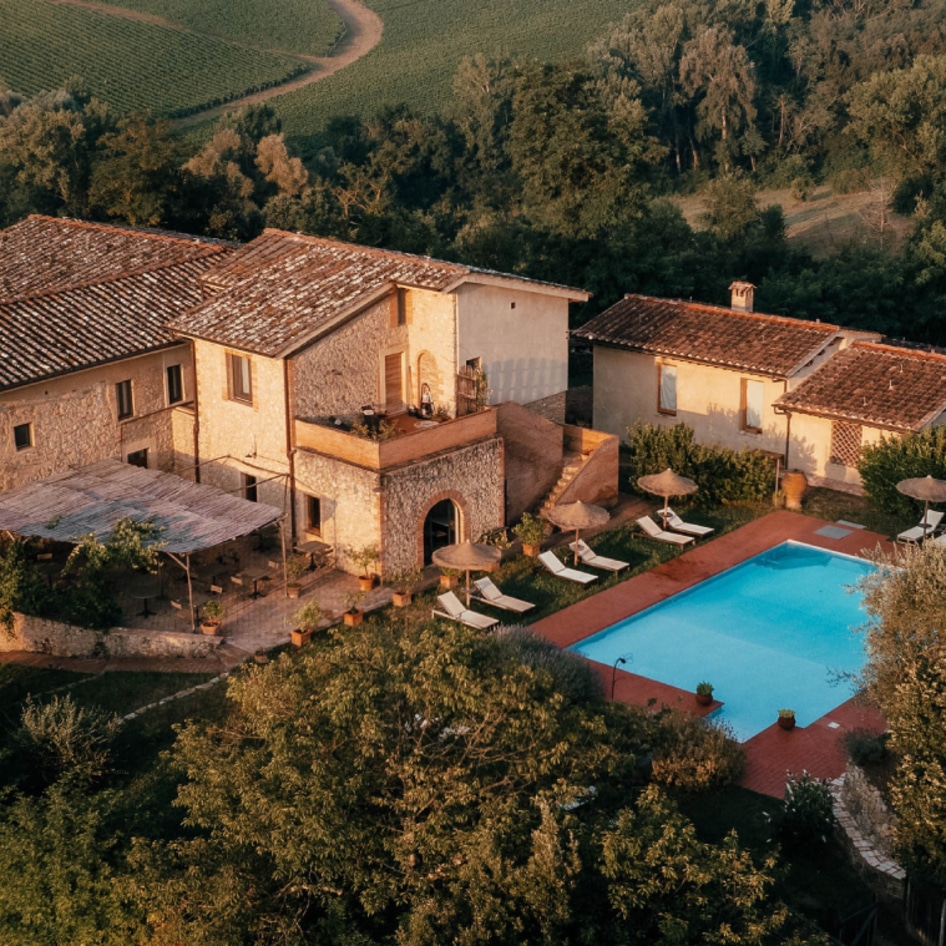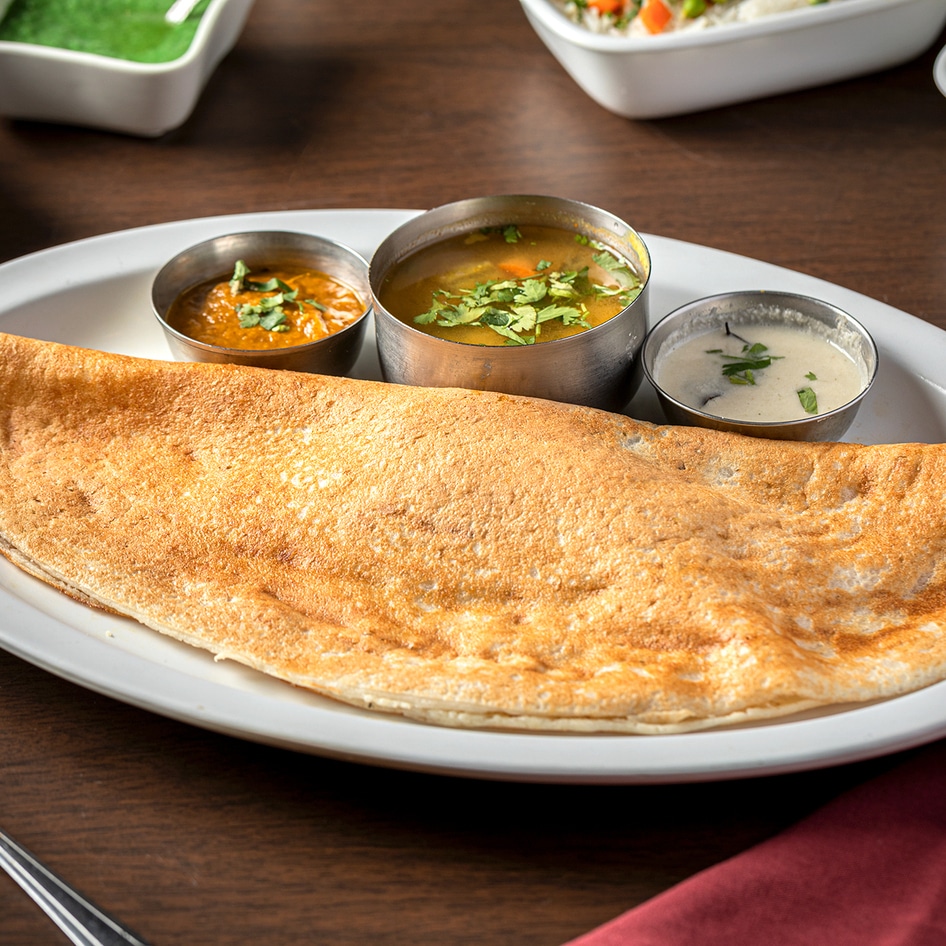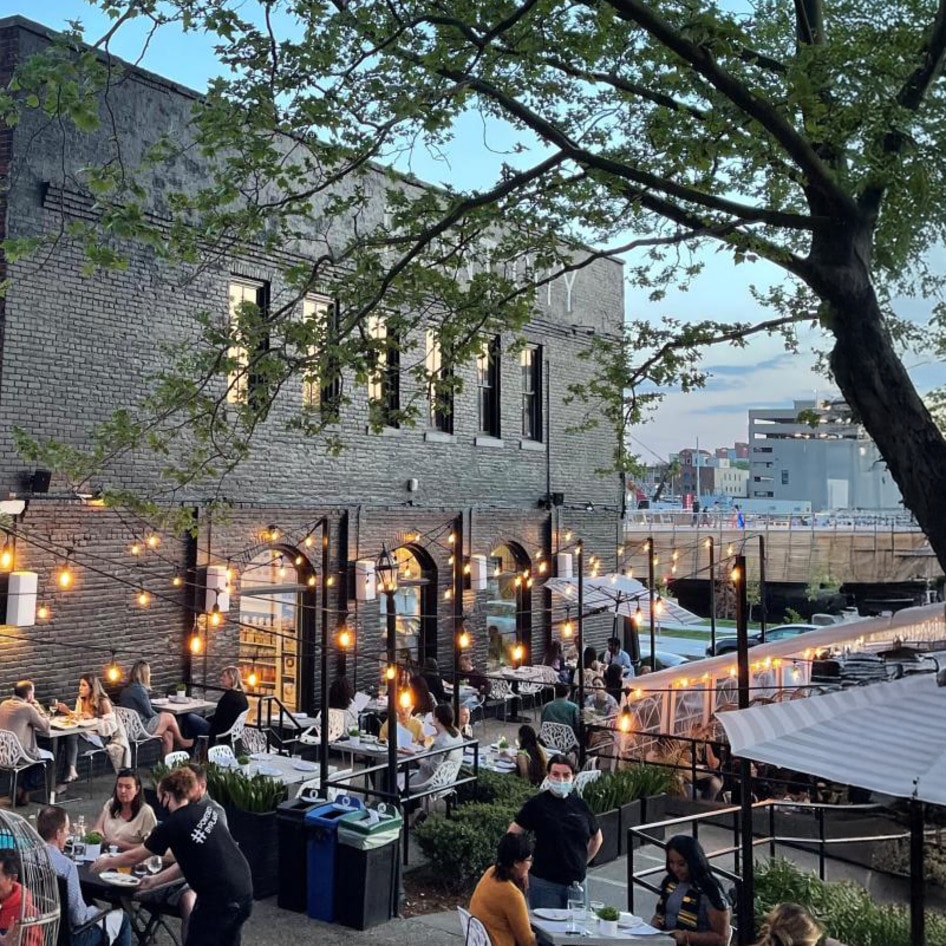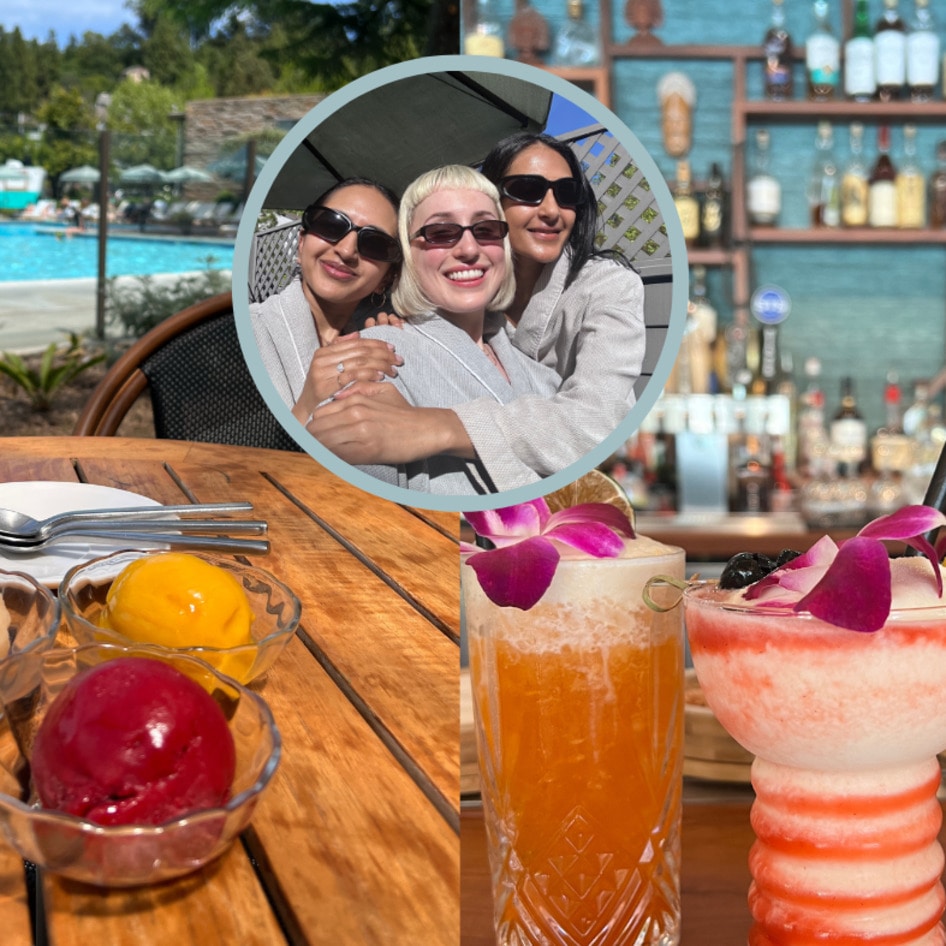Nestled on the Himalayas’ eastern edge, the country of Bhutan is known for its monasteries, fortresses, and dramatic landscapes that range from subtropical plains to steep mountains and valleys. What makes this place particularly special is that because it has never been colonized, the Bhutanese state developed a distinct national identity based on Buddhism, which is widely known for its teachings of nonviolence. Could this petite place already have the answers to a peaceful, compassionate life all figured out? If you are looking for a little deliverance, here are the top 9 reasons vegans might want to get their booty to Bhutan, stat.
1. There are no slaughterhouses.
Slaughterhouses are illegal in Bhutan and there isn’t one that exists in the entire country. Buddhism teaches that it is wrong to kill animals, which are seen as part of the divine creation. Some do eat meat that is imported from India, but they do not allow slaughterhouses because killing is counter to their belief system. Plastic bags, the sale of tobacco, and advertising billboards are also not permitted.
2. They are carbon negative.
Bhutan is the only country in the world that is carbon negative. To date, 72 percent of the nation is forest, allowing Bhutan and its small population of just over 800,000 people to absorb three to four times more carbon emissions than it produces. This stands to reason that the absence of factory farming also plays a large role in being carbon negative. But you don’t need the numbers to know this truth—you can feel it when you breathe.
3. They put chilis in everything.
Breakfast, lunch, and dinner usually consist of at least one dish of chilis—not as a condiment, but as the whole entrée. Historically, it was thought to be a means of warming the mountain people in cold times. It is now ubiquitous at every meal time. Sautéed chilis in oil could even be the main dish three times a day … if you’re tough enough.
4. Vegan dumplings are a favorite.
Steamed or fried Veggie Momos (dumplings), Bhak Thuk (wide noodle soup), and a Panda Beer are the way to go at vegan-friendly eatery Zombala 2 in downtown Thimphu. While most Bhutanese dishes contain cheese, vegans can easily ask to not have cheese or just focus on the selection of dishes that don’t contain dairy.
5. The whole nation seems happy.
Could it be that there is a place on earth that values wellbeing, compassion, and happiness over money? Bhutan bases its evaluation of its citizens’ overall happiness on four pillars: sustainable economic development; good governance; conservation of the environment; and the preservation of culture, tradition, and health. The environment counts as a major part of one’s determined happiness.
6. There are flying phalluses everywhere.
This symbol, painted on doorways and the sides of buildings—usually with a scarf around it blowing in the wind—is meant to be a positive omen. The erect member represents the spirit of the Divine Madman who, in the Bhutanese version of Buddhism, bestowed fortuitous outcomes on those who believed in his unconventional and ribald ways. It is also said that this divine partier conjured up and brought to life Bhutan’s national animal, the lazy Takin, which has the face of a goat and the body of a cow.
7. They protect vulnerable bird species.
Flying as high as 35,000 feet with a wingspan of up to eight feet, the incredible black-necked crane birds migrate every winter to the center of Bhutan in the Phobjikha Valley, as well as other places in India and Tibet. With an estimated 8,000 to 11,000 birds left in the world, Bhutan declared part of the Phobjikha Valley a conservation area covering 63 square miles to help ensure their survival. That’s downright celestial.
8. Red rice is a staple.
Much nuttier than its fairer counterpart and packed with nutrients like manganese and magnesium, red rice accompanies almost every dish at every meal in Bhutan. Mildly reddish-brown in hue, try it with local dishes such as cabbage with spinach, tofu, carrot, spinach, and onion curry; white radish with chilis; spinach and onion soup; spinach and chilis; cabbage, onion, and tomato salad, or one of the other delicacies available at Thimphu’s Bhutan Kitchen.
9. They are aiming to be 100-percent organic.
The country is actively working on being the first country in the world to be 100-percent organic (some say as early as 2020). Though it is mostly organic already because most people grow their own vegetables, some of the rice production does get some chemical help—but not for long. Soon, you can hold the pesticide along with the cheese on that order of chilis.
Elysabeth Alfano hosts the Awesome Vegans Podcast, the Silver-Chic Chef cooking demos, and is a WGN radio host.
JUMP TO ... Latest News | Recipes | Guides | Health | Subscribe

